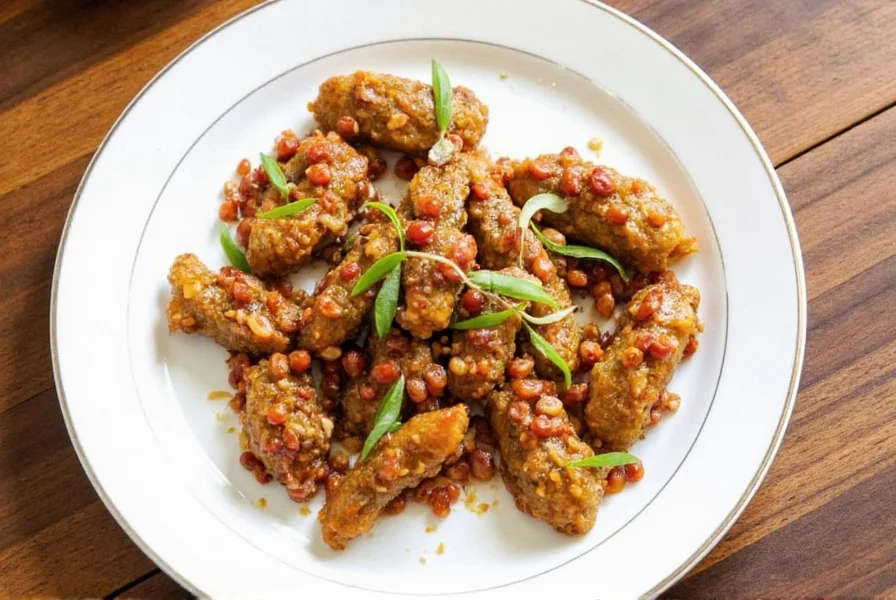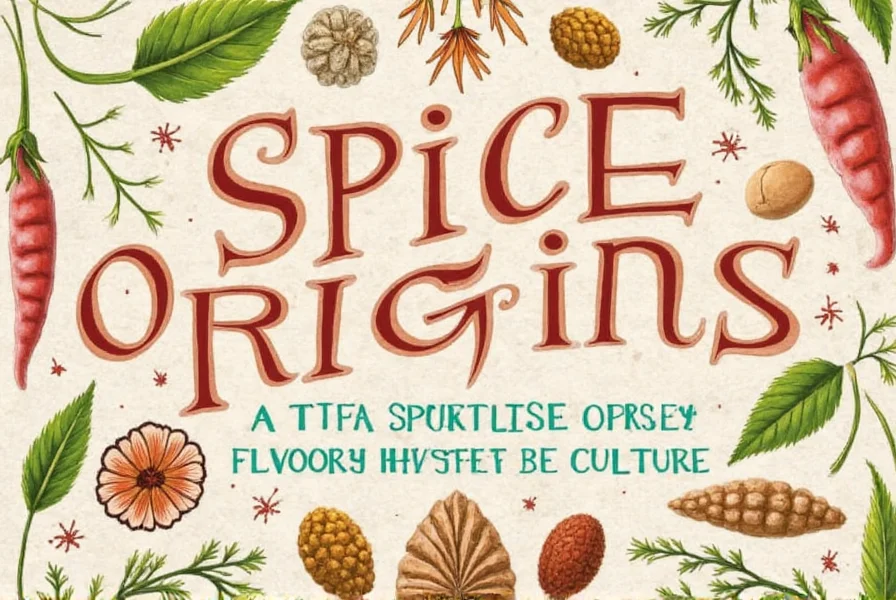Babagannouj: A Flavorful Journey Through Global Spice Traditions
Spices are the heartbeat of global cuisine, and among the many beloved blends, babagannouj stands out as a unique and aromatic favorite. Whether you're a seasoned spice connoisseur or a curious food lover, this article will guide you through the world of babagannouj, its origins, uses, and how to make the most of it in your kitchen.
Table of Contents
- What Is Babagannouj?
- Global Spice Traditions
- How to Use Babagannouj
- Buying Guide for Babagannouj
- Tips for Cooking with Babagannouj
- Conclusion
What Is Babagannouj?
Babagannouj is a fragrant spice blend that originates from North Africa, particularly Morocco and Algeria. It's often used in traditional dishes such as tagines, stews, and roasted meats. The name itself is derived from the Arabic word for eggplant, which might hint at its use in some recipes. However, it's more commonly associated with a complex mix of spices that bring warmth and depth to any dish.
The typical ingredients in babagannouj include cumin, coriander, cinnamon, paprika, ginger, and sometimes turmeric. These spices are ground together to create a fine powder that can be used in both dry and wet cooking methods. Its versatility makes it a must-have in any spice rack.
Global Spice Traditions
Spice traditions vary widely across the globe, each with its own unique history and cultural significance. From the bold flavors of Indian garam masala to the delicate notes of Italian herbs de Provence, spices are deeply rooted in the culinary identity of every region. Babagannouj is just one example of how spices can define a cuisine and bring people together over a shared love of food.
In North Africa, babagannouj is often used to season lamb, chicken, or even vegetables like carrots and zucchini. In other parts of the world, similar spice blends have evolved independently, such as the Middle Eastern za'atar or the Indian panch phoron. These blends reflect the local ingredients, climate, and historical influences of their regions.
One interesting fact about babagannouj is that it's not always found in grocery stores. Many people choose to make their own by blending the individual spices, allowing for customization based on personal taste or recipe requirements. This practice highlights the importance of understanding spice profiles and how they interact with different foods.
How to Use Babagannouj
Using babagannouj is simple, but the key is to balance the spices so that no single flavor overwhelms the dish. Here are some practical tips for incorporating babagannouj into your cooking:
- Marinating Meats: Add a teaspoon of babagannouj to your meat marinade before grilling or roasting. It adds a warm, smoky flavor that pairs well with lamb, chicken, or even fish.
- Seasoning Vegetables: Sprinkle babagannouj over roasted vegetables like carrots, potatoes, or cauliflower for an extra layer of flavor.
- Enhancing Stews and Soups: Stir a small amount of babagannouj into your stew or soup while it simmers. It enhances the overall aroma and complexity of the dish.
- Creating a Dip: Mix babagannouj with olive oil, lemon juice, and garlic to create a flavorful dip that goes perfectly with flatbreads or fresh vegetables.
Babagannouj can also be used in baking, though it's less common. Try adding a pinch to breads or pastries for a subtle, spicy twist. Just remember to start with a small amount and adjust according to taste.
Buying Guide for Babagannouj
If you're looking to purchase babagannouj, there are several options available. Whether you prefer pre-made blends or want to create your own, here’s a detailed buying guide to help you make the best choice:
1. Pre-Made Babagannouj Blends
Many specialty grocery stores and online retailers offer pre-made babagannouj blends. When choosing a store-bought version, look for a high-quality product that includes the essential spices without unnecessary additives.
| Product Name | Features | Advantages | Use Cases | Target Audience |
|---|---|---|---|---|
| North African Spice Co. Babagannouj | Traditional blend with cumin, coriander, and cinnamon | Easy to use, consistent flavor | Perfect for stews, roasts, and dips | Cooking enthusiasts and home chefs |
| Moroccan Market Original Babagannouj | Handcrafted, organic ingredients | Natural and authentic flavor | Ideal for those seeking a premium option | Gourmet cooks and spice lovers |
| Spice & Co. All-Purpose Blend | Includes additional spices like turmeric and paprika | Versatile for multiple recipes | Great for experimenting in the kitchen | Creative chefs and adventurous eaters |
2. Making Your Own Babagannouj
If you enjoy customizing your spice blends, making your own babagannouj is a rewarding experience. Start with the core ingredients and adjust based on your preferences:
- 1 tablespoon ground cumin
- 1 tablespoon ground coriander
- 1 teaspoon ground cinnamon
- 1 teaspoon smoked paprika (optional)
- 1/2 teaspoon ground ginger
- 1/2 teaspoon turmeric (optional)
Combine all the spices in a bowl and mix thoroughly. Store the blend in an airtight container in a cool, dark place. You can experiment with the ratios to suit your taste or specific recipes.

Tips for Cooking with Babagannouj
Here are some practical tips to help you get the most out of babagannouj in your cooking:
- Start Small: Since babagannouj has a strong flavor, it's best to add it gradually and adjust to your taste. A little goes a long way.
- Pair with Acidic Ingredients: Babagannouj pairs well with acidic elements like lemon juice, vinegar, or tomatoes. These ingredients help balance the richness of the spices.
- Use Fresh Ingredients: The quality of your base ingredients plays a big role in the final result. Use fresh vegetables, high-quality meats, and good olive oil for the best outcome.
- Experiment with Textures: Try using babagannouj in different forms—like mixing it with yogurt for a dip, or using it as a rub for grilled meats.
- Store Properly: Keep your babagannouj in a sealed container away from heat and light to preserve its potency and flavor.
Conclusion
Babagannouj is more than just a spice—it's a gateway to the rich and diverse world of global spice traditions. Whether you're using it in a traditional Moroccan dish or creating something entirely new, this versatile blend brings warmth, depth, and character to your cooking. By understanding its origins, learning how to use it effectively, and knowing where to buy or make it, you can elevate your culinary skills and explore the beauty of international flavors.
So next time you’re in the kitchen, reach for a pinch of babagannouj and let it transport you to the bustling markets of North Africa, where the air is filled with the scent of spices and the promise of delicious meals waiting to be made.











 浙公网安备
33010002000092号
浙公网安备
33010002000092号 浙B2-20120091-4
浙B2-20120091-4